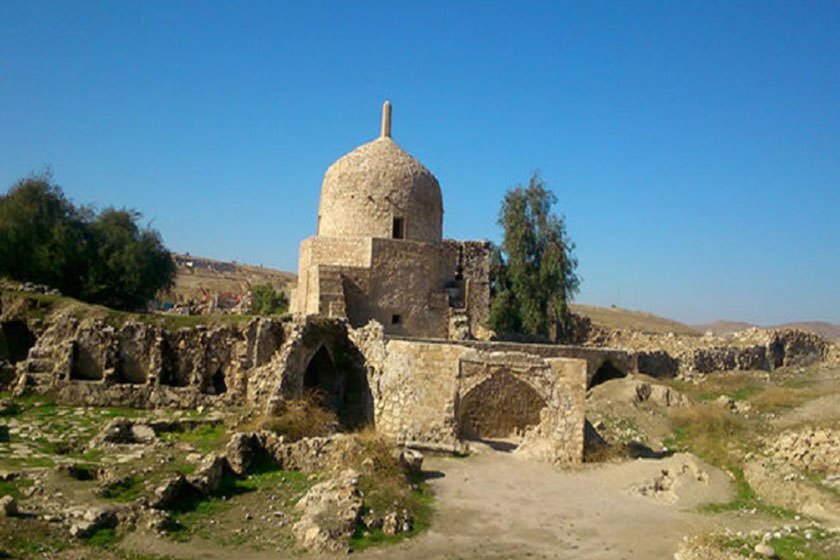Safavid-era mansion undergoes restoration in Belad Shapur

TEHRAN – Restoration work has commenced on Kohzadi Mansion, a Safavid-era (1501-1736) monument located in the ancient city of Belad Shapur.
The façade of the mansion, its floor covering, and rooftops are subjets of the restoration project, a local tourism official announced on Saturday.
A budget of 3.5 billion rials (about $84,000 at the official exchange rate of 42,000 rials per dollar) has been allocated to the project, CHTN quoted Esfandiar Abab as saying
Located in Kohgiluyeh and Boyer-Ahmad province, Kohzadi Mansion is one the most beautiful monuments in the city with two side rooms, a central yard, and water well, the official added.
Last November, the provincial tourism chief Majid Safai announced that the historical neighborhood of Dehdasht and the historical monuments located inside it is planned to be restored and revived.
A budget of 20 billion rials ($476,000 at the official rate of 42,000 rials) has been allocated to boost tourism infrastructure in the ancient city of Belad Shapur, the official explained.
Despite all the destruction that took place in this historical city in different eras, with an area of more than 45 hectares, it is currently considered as one of the largest historical structures in the country in terms of size and number of historical buildings. Inscribed on the National Heritage list in 1985, the ancient city of Belad Shapur is one of the top tourist sites of the province.
Belad Shapur, known by its current name, was built at the time of Shapur I, also known as Shapur the Great, (reigned 241 CE–272), the second king of the Sassanid Dynasty. Under his leadership, the empire stretched from Sogdiana and Iberia (Georgia) in the north to the Mazun region of Arabia in the south; in the east, it extended to the Indus River and in the west to the upper Tigris and Euphrates river valleys.
Under Sassanids, Persian art and architecture experienced a general renaissance. Architecture often took grandiose proportions such as palaces at Ctesiphon, Firuzabad, and Sarvestan that are amongst highlights of the ensemble.
Crafts such as metalwork and gem-engraving grew highly sophisticated, yet scholarship was encouraged by the state. In those years, works from both the East and West were translated into Pahlavi, the language of the Sassanians.
Rock-carved sculptures and bas-reliefs on abrupt limestone cliffs are widely deemed as characteristics and striking relics of the Sassanian art, top examples of which can be traced at Bishapur, Naqsh-e Rostam, and Naqsh-e Rajab in southern Iran. In 2018, UNESCO added an ensemble of Sassanian historical cities in southern Iran -- titled “Sassanid Archaeological Landscape of Fars Region”-- to its World Heritage list.
Kohgiluyeh and Boyer-Ahmad province is known for its nomads and nomadic life. Sightseers may live with a nomadic or rural family for a while or enjoy an independent stay and assist them with day-to-day life. It also opens up an opportunity to feel rustic routines, their agriculture, traditions, arts, and culture.
ABU/AFM
